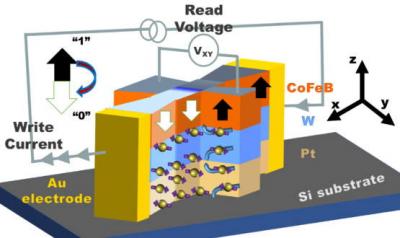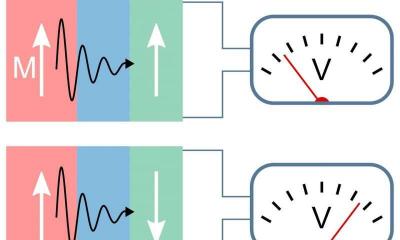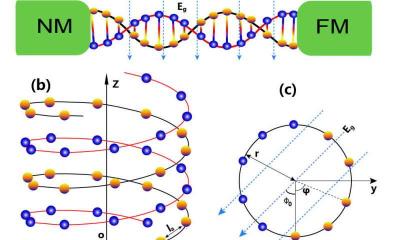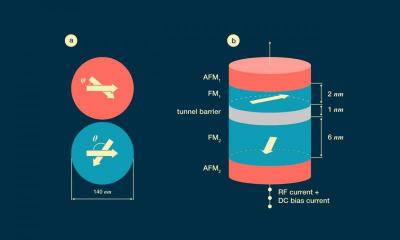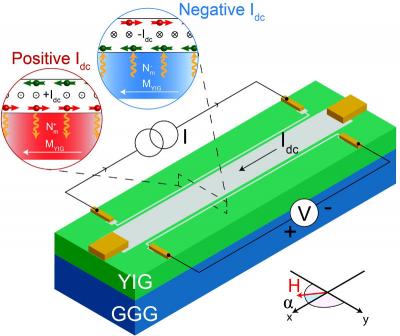Introduction to perovskite materials
Perovskite materials offer exciting properties which make them useful for solar panels, fuel cells, lasers, displays and more. Many believe Perovskites are the future of solar power and some estimate that perovskite adoption is right around the corner. Our new video below gives a short introduction to perovskites:
For more information on perovskites and to stay updated on these exciting materials, check out our Perovskite-Info knowledge hub!
